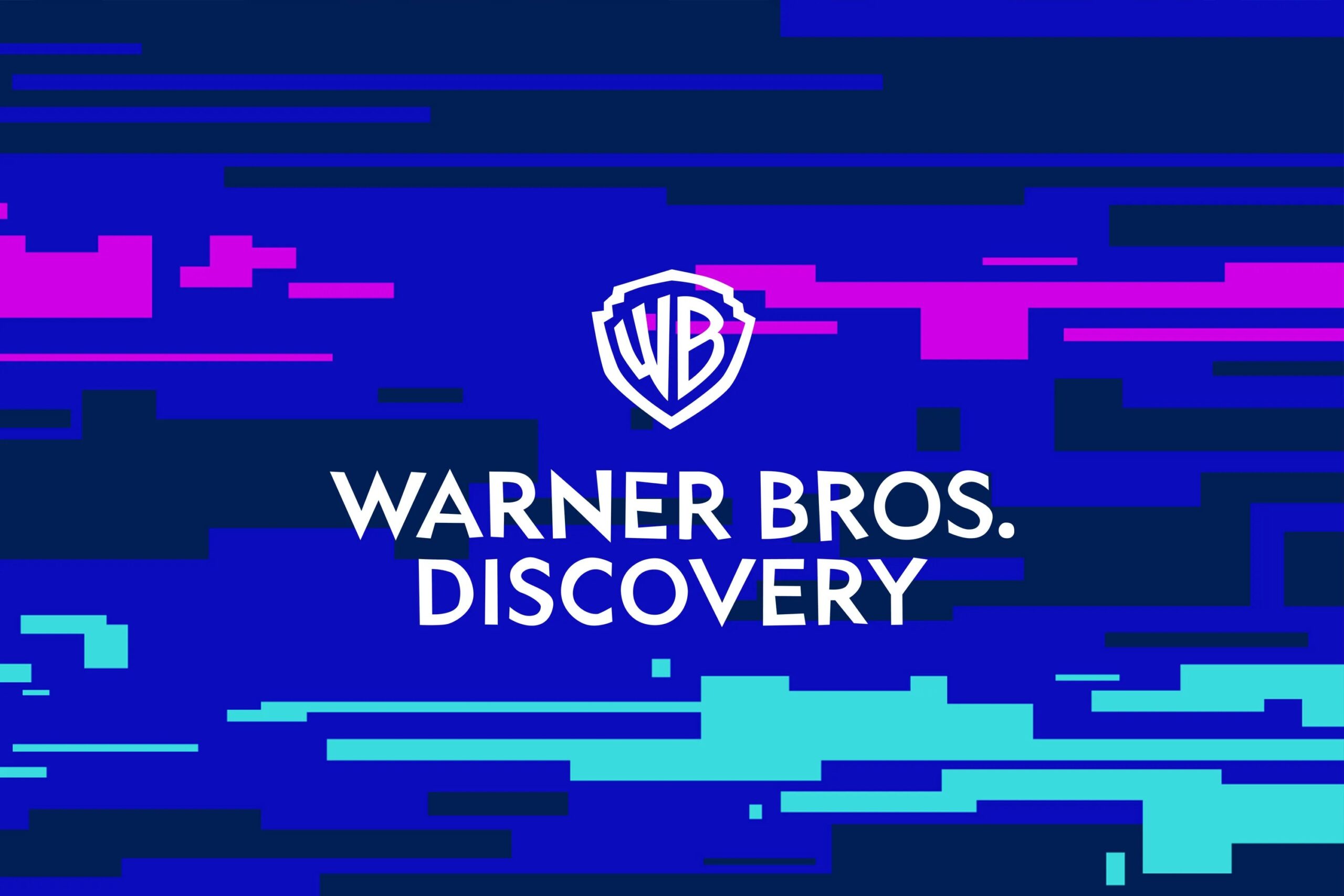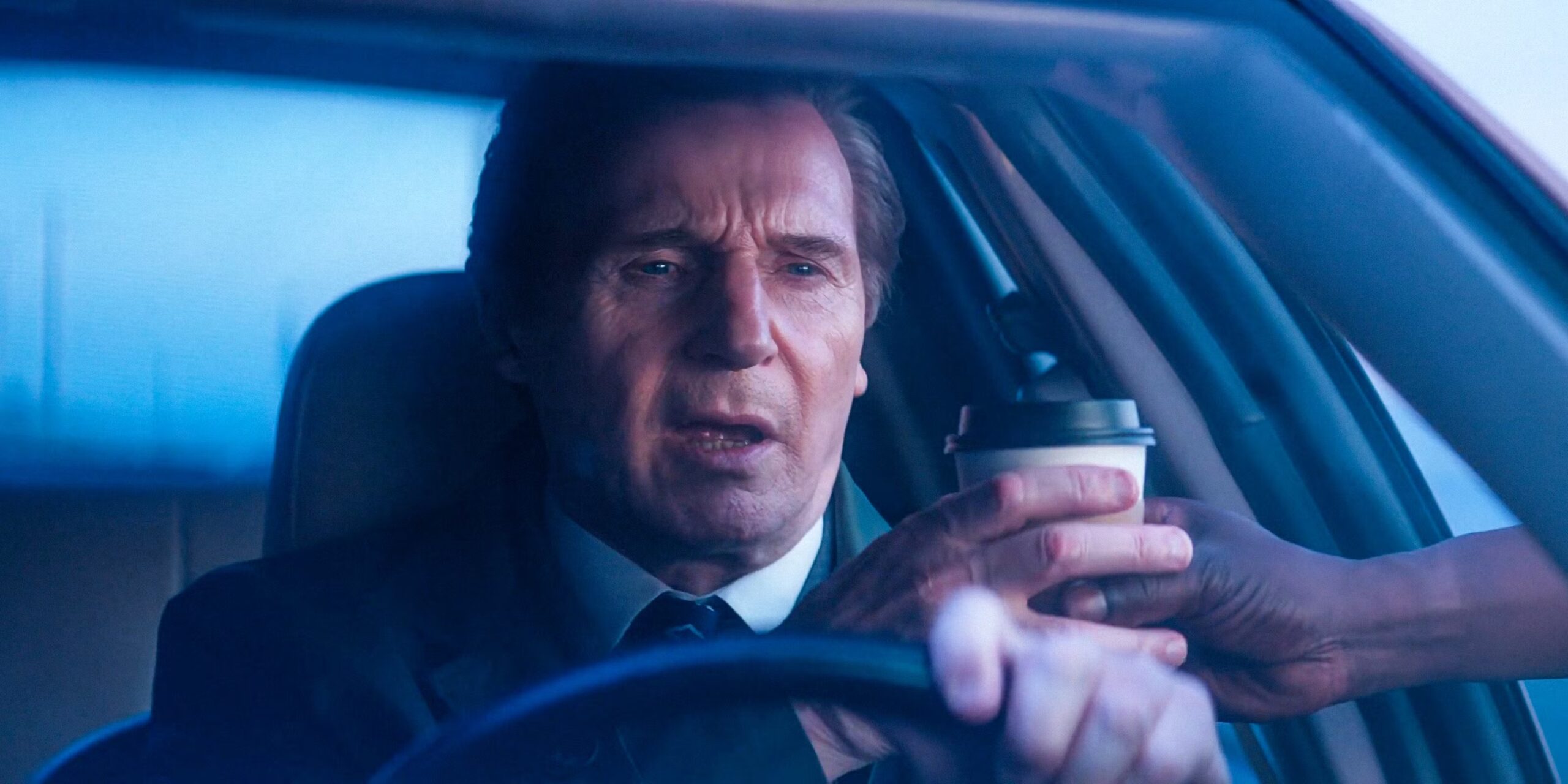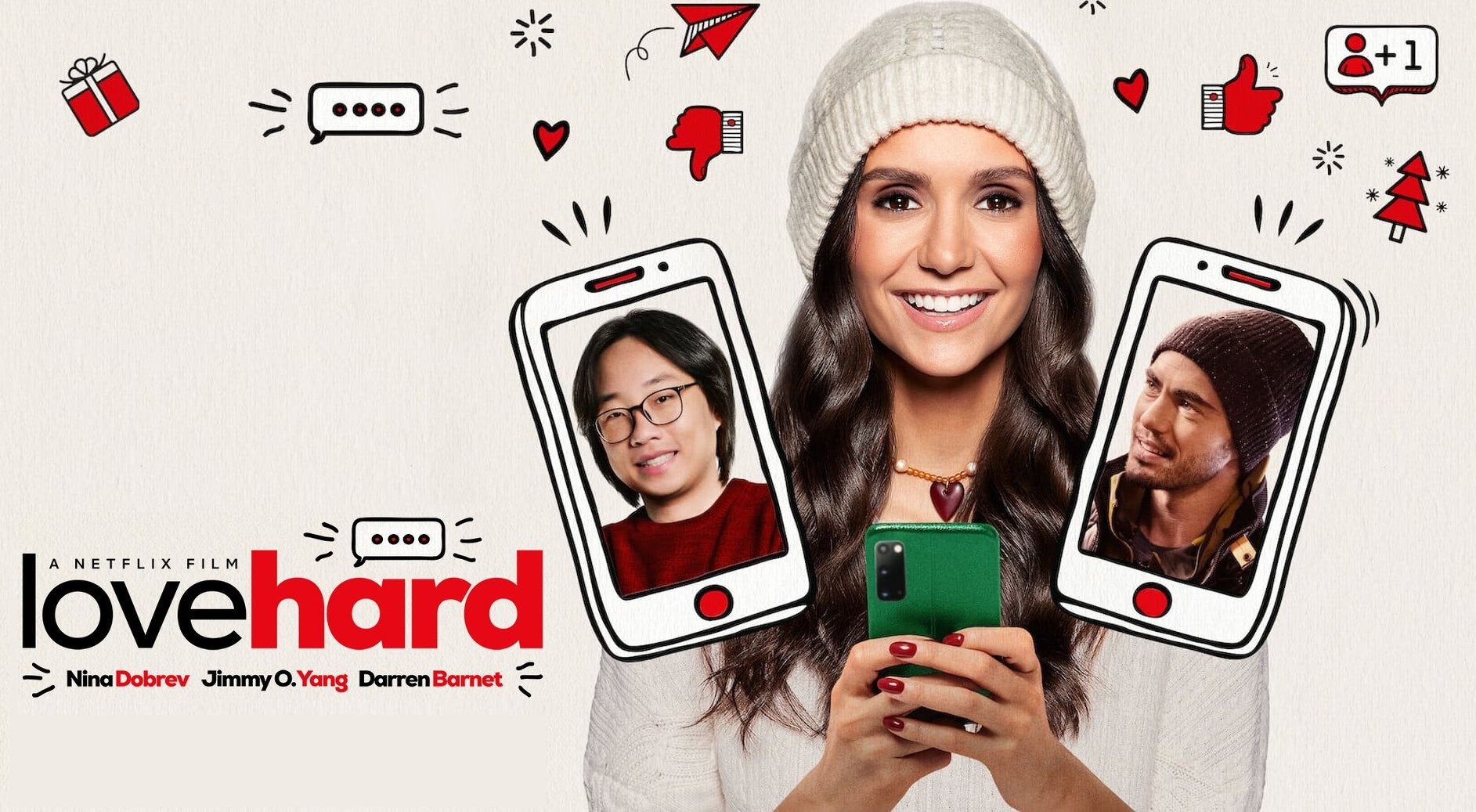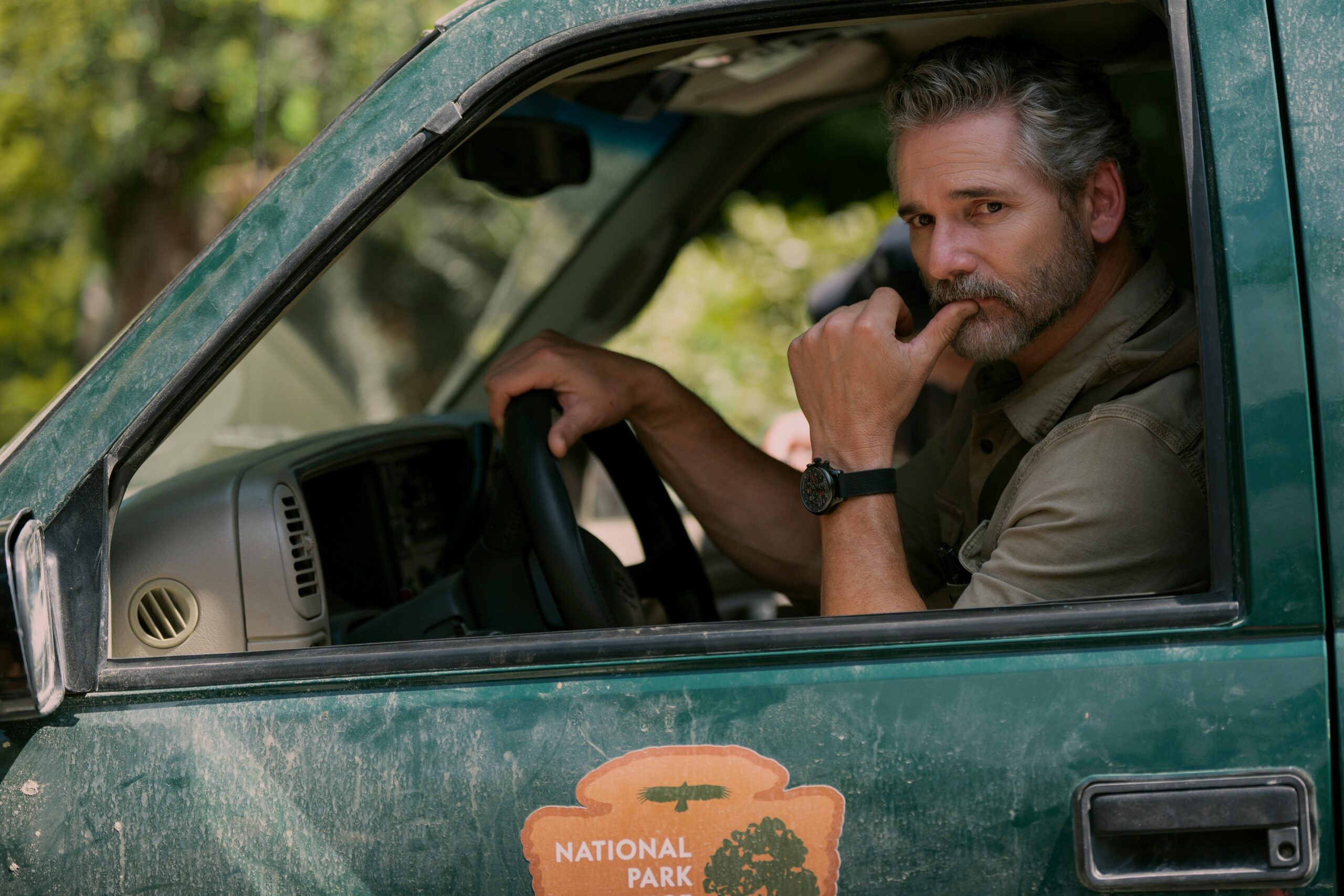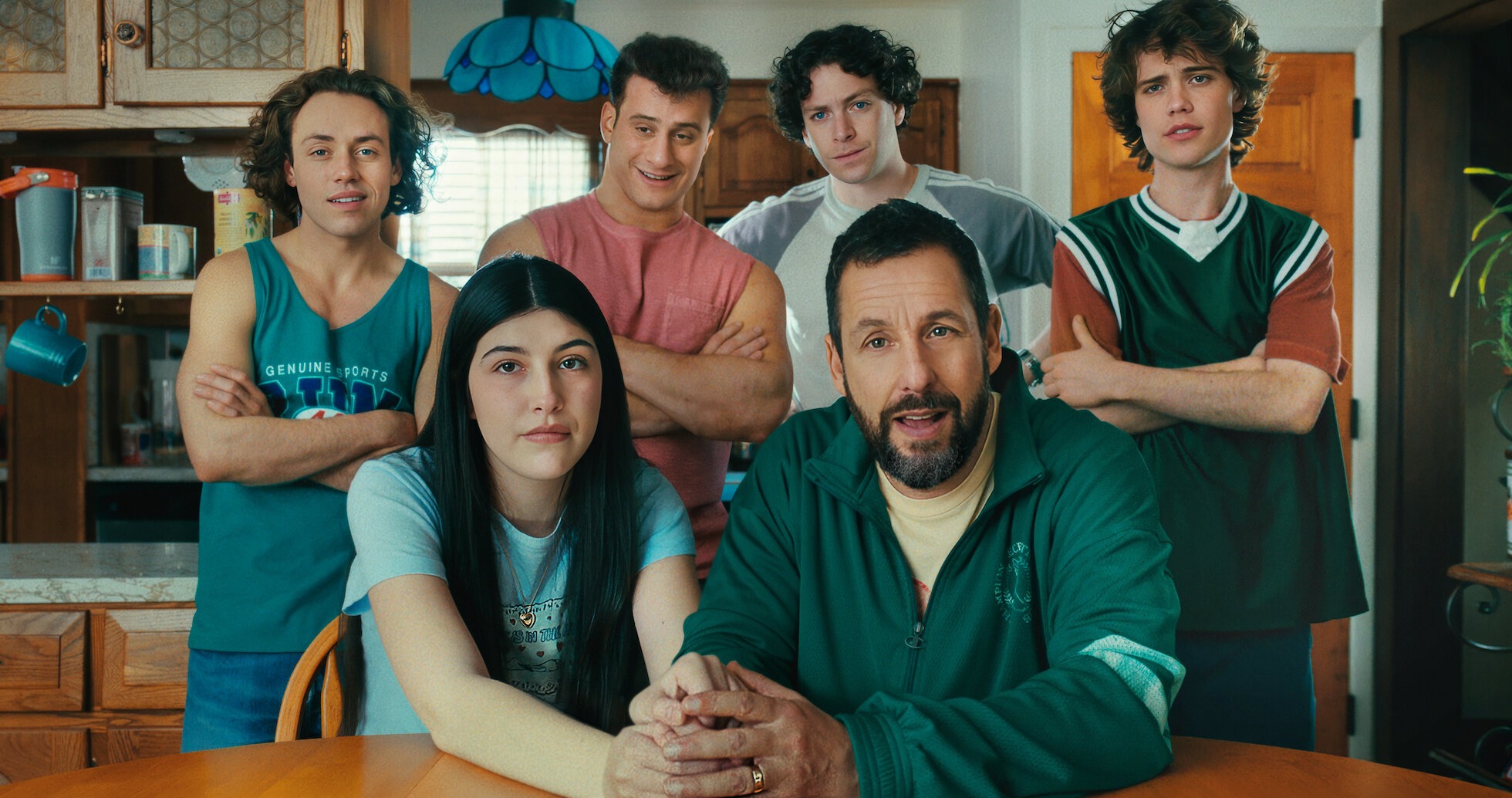The Nickelodeon SAG-AFTRA deal announced this week isn’t just another routine contract renewal.
It is a three-year blueprint that could set the tone for how kids’ networks — and by extension the wider animation sector — juggle artificial-intelligence tools, residuals in the streaming age and the day-to-day realities of freelance voice talent.

Below, we break down every headline clause, explain why performers are calling it “commonsense,” and flag the ripple effects for studios that still haven’t sat down with the union.
1. Faster Money in Members’ Pockets
For years, actors on shows such as The Patrick Star Show or Rugrats complained that it could take six weeks — sometimes more — to receive session fees.
The new Nickelodeon SAG-AFTRA deal chops that window by five business days.
It sounds minor, yet for performers who hop among multiple gigs each month, faster cash flow means fewer bridge loans and less reliance on residuals to stay solvent.

- Legacy, interstitial, and promo-tag rates jump 3 % in year one, 3 % in year two and 3.5 % in year three.
- A 25 % “multitrack premium” kicks in whenever the studio layers an actor’s takes to build chorus lines or crowd scenes. That bump is immediate — no phase-in period.
2. Clear-Cut AI Guardrails
Most articles spotlight the pay hikes, but the true breakthrough is the section on voice-replica technology. Borrowing language first hammered out in last year’s TV-animation agreement, the Nickelodeon SAG-AFTRA deal does four critical things:
- Defines “voice actor” as a human being, full stop.
- Triggers consent and compensation any time a recognizable digital replica is created, whether by scanning past episodes or training a generative model.
- Differentiates multirole performers. If Tara Strong voices both a hero and a villain, Nickelodeon only needs to list her once in paperwork, but must negotiate separately to copy each character’s distinct voiceprint.
- Commits the company to twice-a-year sit-downs with SAG-AFTRA’s technology team to review new AI tools before they hit production pipelines.
Actors have pushed for years to keep employers from banking vocal snippets that can be reused indefinitely without pay.
This contract doesn’t ban synthetic voices, but it makes unlicensed cloning cost-prohibitive — and that was the union’s real aim.
3. Streaming Residuals, Foreign Dubs and the Global Audience
Paramount+ has become Nickelodeon’s de-facto release path for everything from Kamp Koral to Rock, Paper, Scissors. Until now, many voice artists received only a flat fee when their work was dubbed into Spanish, Portuguese or Japanese. The new document states:
“If a performer’s voice is digitally transformed into any non-English language, residuals shall be payable at the same tiered rates as live re-voicing.”
In plain English: If a machine “auto-dubs” your performance for Brazil, you still get paid as though you recorded the Portuguese dialogue yourself. It’s the first explicit acknowledgment that localization AI is not free stock audio.
4. Why Nickelodeon Blinked — and What’s Next
During the 2023 dual strike, voice work kept parts of Hollywood afloat because SAG-AFTRA carved out separate animation contracts. But once live-action negotiations wrapped, unfinished cartoon deals became low-hanging fruit for a union eager to convert strike momentum into concrete gains. Insiders say Nickelodeon feared being branded the lone kids’ studio without AI-era ethics and opted to settle quickly rather than risk late-summer picket lines.
Still, the Nickelodeon SAG-AFTRA deal is only “tentative.” The guild’s national board votes in July, and members could reject it if they feel wage bumps should mirror the 7 % first-year jump won in live-action talks. Activists likewise argue that background actors — who often supply incidental kid voices — deserve their own AI protections.
5. Impact on Creatives, Parents and Kids at Home
- For showrunners: Budget lines are clearer. Need five layers of kid laughter? You’ll pay 1.25× the base rate.
- For parents: Don’t expect subscription prices to leap. Labor cost is a slice of Nickelodeon’s outlay, and Paramount needs fresh family content to fend off Disney+.
- For young viewers: Nobody will notice the difference — which is precisely the point. When unions bargain well, cartoons stay fun while the humans behind them stay solvent.
The Bottom Line
By enshrining a no-nonsense definition of “voice actor” and tying AI replicas to fresh residuals, the Nickelodeon SAG-AFTRA deal sets a pragmatic template other youth-oriented brands can follow.
If ratified, it proves that studios can adopt emerging tech without ghosting the talent who make SpongeBob giggle or Dora shout “¡vámonos!”— and that is a victory worth repeating.




